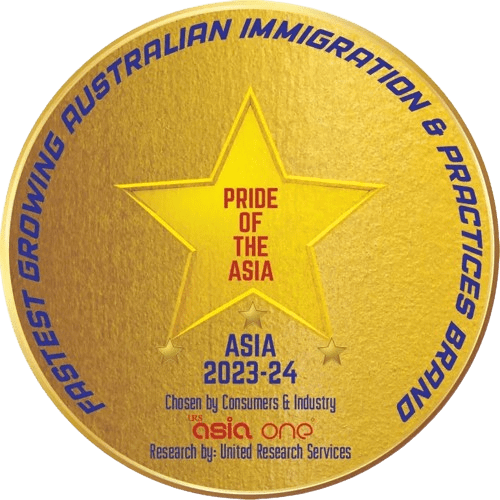One of the most significant developments of the last century has been the rising migration that comes with globalisation. Many of the world’s economies today are characterised by their multiculturalism. South Africa, the United States, Canada, and the United Kingdom are a few countries that have seen an influx of immigrants in recent decades. Similarly, Australia has a strong history of migration that has persisted to this day, with the country having an overseas-born population of 7.7 million as of 2022.
This blog explores the historical roots, benefits, challenges, and ongoing efforts in fostering multiculturalism in Australia.
- Historical Background
The ‘White Australia’ policy, which initially governed immigration to Australia, prohibited non-European immigration until the late 20th century. The government eventually abandoned this approach following World War II when the authorities realised the difficulties migrants faced, especially those who could not speak English well and recognised the need for an immediate change in policies. Before the middle of the 1960s, migrants were expected to merge within the Australian community easily and were encouraged to give up their native tongues and traditions. However, the Australian authorities soon realised these difficulties, and as a result, early in the 1970s, spending on welfare and support for migrants increased.
- Government Policies and Commitment
The Australian government recognises the value of promoting an inclusive society, and its policies reflect this commitment to multiculturalism. The historic Racial Discrimination Act of 1975 prohibited discrimination based on race, ethnicity, or nationality. The country’s subsequent programmes, such as the National Agenda for a Multicultural Australia, emphasised equal opportunity, social cohesiveness, and diversity.
Benefits of Multiculturalism
- Cultural Enrichment: Australia has a diverse range of languages, cuisines, art, and traditions. This cultural diversity enhances the nation’s social fabric, creating a unique and vibrant identity.
- Economic Contributions: Australia’s economy has grown tremendously because of the abundance of skills, abilities, and entrepreneurial spirit that migrants bring with them. The diversified workforce’s ability to foster creativity and adaptation makes the nation more robust in the face of globalisation.
- Social Harmony: Embracing multiculturalism promotes understanding and social harmony amongst various populations. Australians value and tolerate diverse viewpoints, regardless of their upbringing, which promotes social cohesion.
Australia’s successful, diversified, and inclusive society results from its dedication to diversity. The continued efforts at the community and governmental levels demonstrate a commitment to creating a peaceful country that recognises and celebrates the contributions of its diverse population, even while difficulties still exist. A vital part of Australia’s national identity and evidence of the power of diversity unifying is the country’s embrace of diversity, which goes beyond mere legislation.

















